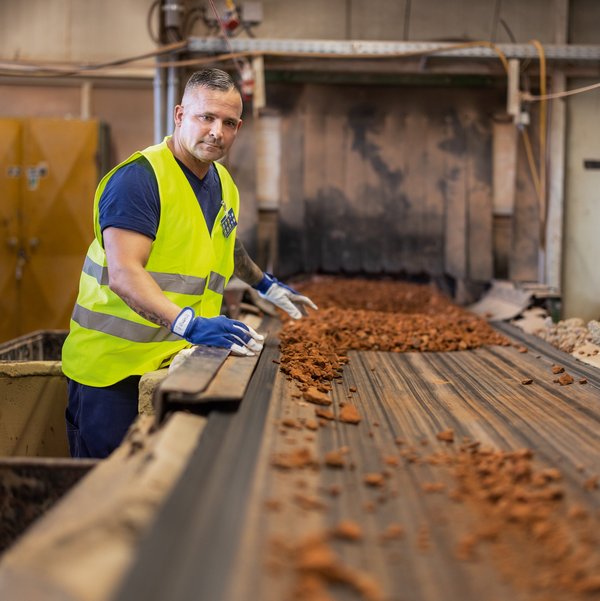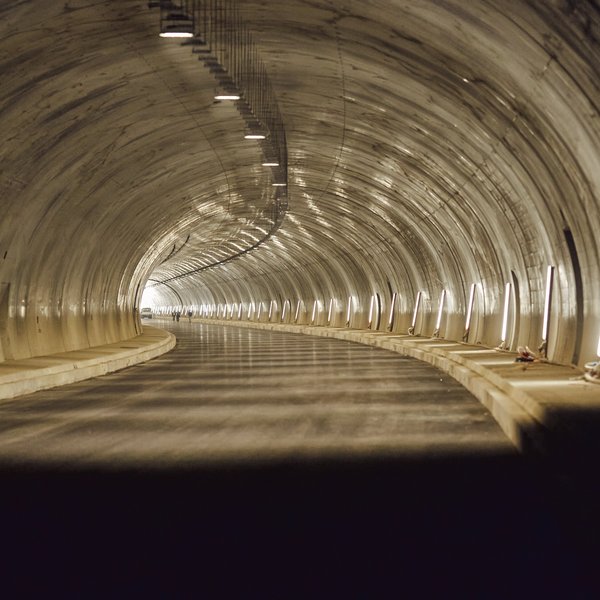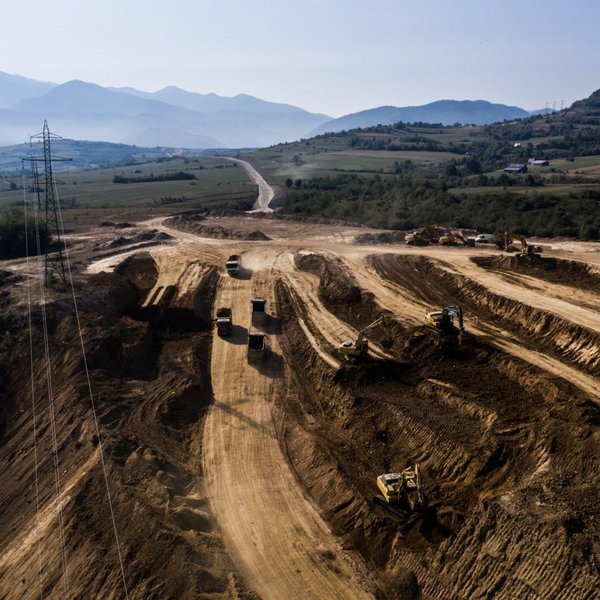
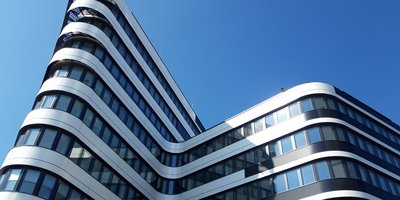
Building simulation: A look into the future
How will different climate scenarios affect a building? How high will the energy requirement be? How can the best possible thermal comfort conditions be achieved? At what time will how much daylight fall into which room? These and other questions can be answered by pde’s sustainability department thanks to dynamic building simulations right from the initial project phases. We use two simulation programs for the realistic representations: Relux and IDA ICE. They allow us to support building planners in making sustainable decisions. And if a building is to be certified according to ÖGNI, DGNB, or LEED and thus be recognised for its sustainability, we can assess very early on whether this will be successful. And adjust and improve the influencing factors if necessary.
Optimum daylight
We use Relux to simulate the lighting conditions in interior spaces. In doing so, we take various parameters into account: the transmittance, the size of the glazed area, the layout, the reflectance of the surfaces, and even the shading of neighbouring buildings. The luminance, illuminance, daylight quotient, and duration of sunlight can then be generated. This allows us to check in advance whether an optimum daylight supply is guaranteed. We can also use complex ray tracing calculations – always taking into account any glass walls in the interior – to define parameters for how often the sun’s rays are reflected on the surfaces.
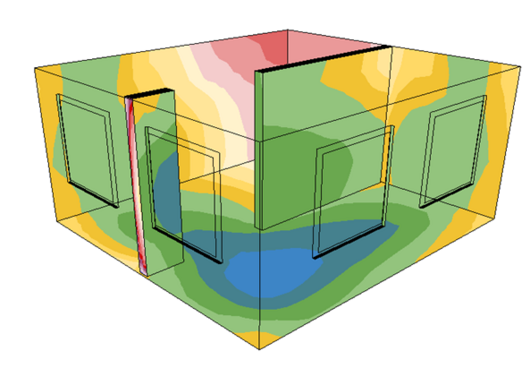

Ideal energy balance
IDA ICE is a piece of software used for the dynamic simulation of multi-zone building models. To ensure the accuracy of the calculations, the producer carried out various measurements in real buildings and compared them with the outcomes of the simulations. The result: a mostly congruent match. That means we can use the program to realistically depict energy consumption or thermal comfort conditions. The calculation method is equation-based. This has the advantage that we can link several systems. For example, the overall heating and cooling capacity and the heat and final energy balance can be determined.
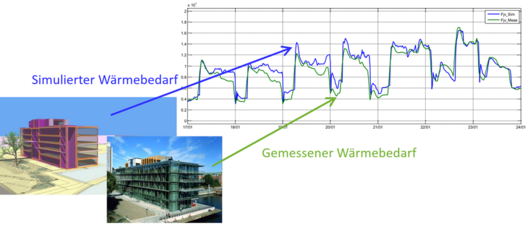

However, we can also see whether heating or cooling loads can be covered from the heating and cooling load calculations. Or how the building would behave in future climate scenarios. These different variants can be quickly achieved by changing individual parameters. So we at pde are looking into the future. To realise PORR’s vision: To Build a Better World.
3 questions for ...
... Christian Hernach, Project Manager in the Sustainability department at pde Integrale Planung. He explains the advantages of building simulations in the early planning phases.
1. What essential role do building simulations play?
Building simulations are already an important tool for estimating parameters such as visual comfort or energy requirements in early project phases. The programs will become more relevant in future as part of our building certification, particularly in view of climate change and the increasing frequency of extreme weather events. In addition, the programs are constantly being developed and optimised, making the results increasingly precise. New parameters could also be added. There is still a lot to be done here.
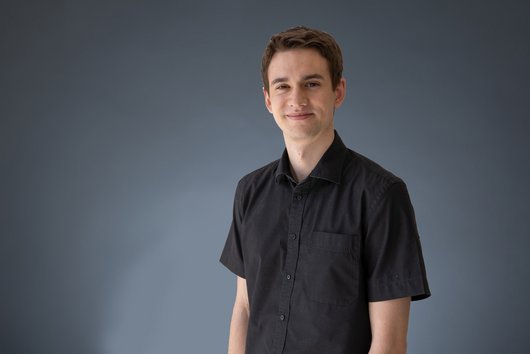

2. Why are building simulations becoming increasingly important?
Building simulations are an optimal method for creating and evaluating different variants in relation to buildings and their parameters, allowing models to be adapted and compared over the course of the project. It is extremely important to measure and optimise the energy efficiency and comfort of buildings that will be constructed in the future now. In this way, climate changes and different scenarios can be implemented and buildings in different locations, for example, can be compared with each other. Resilience in the face of extreme weather conditions is becoming increasingly important. In addition, over- or undersized system technology can be avoided by using realistic parameters.
3. What fascinates you most about your work?
What I enjoy most is accompanying a project from the early planning stages and being able to continuously adapt the simulations. In other words, when I develop various improvement measures with the project team, which then contribute to optimising the project in reality – for example in terms of energy consumption. If the work bears fruit, meaning significant improvements and cost reductions are achieved for the client compared to the original plan, I am of course very pleased.

